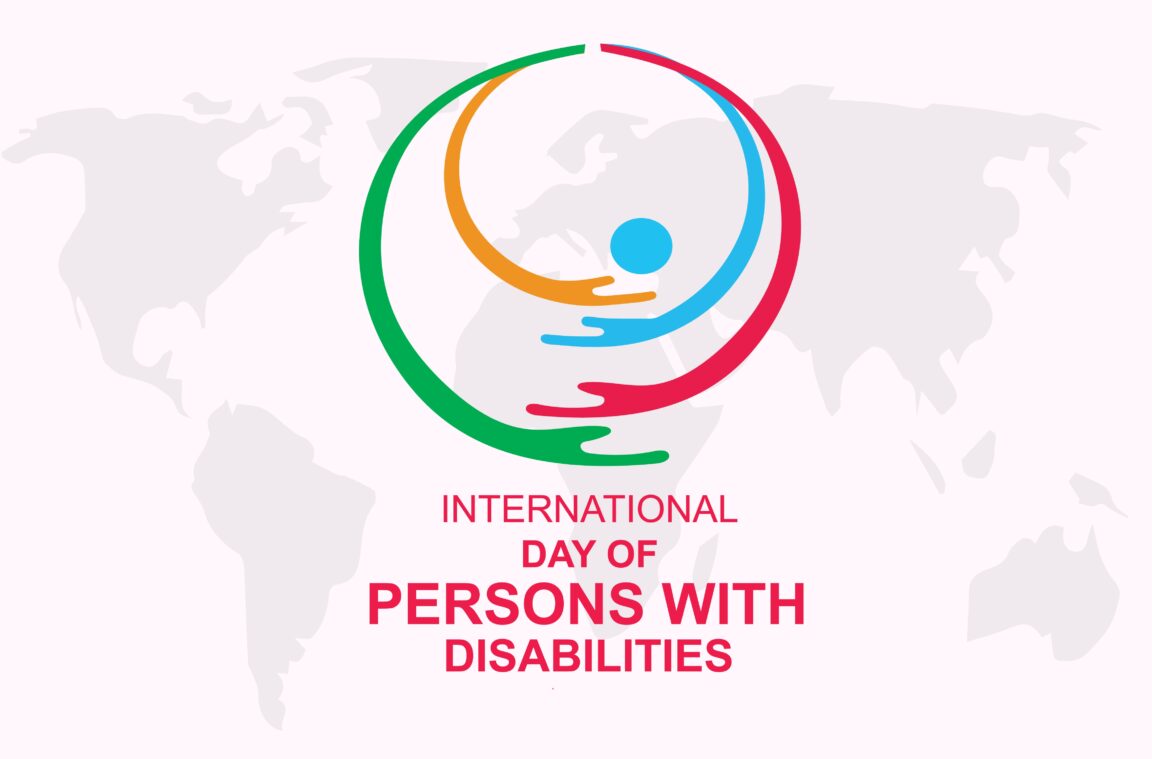
On 21 May 2025, the International Telecommunication Union (ITU) and the World Health Organization (WHO) adopted ITU-T H.872, the first global technical standard for safe listening in video gameplay and esports. This landmark development is part of the WHO’s Make Listening Safe initiative, which aims to reduce the risk of hearing loss caused by unsafe listening practices, especially among young people.
The Urgency of Prevention
According to WHO, over 1 billion individuals aged 12–35 are at risk of permanent hearing loss and tinnitus due to unsafe listening practices in recreational settings. Children who frequently play video games are twice as likely to experience high-frequency hearing loss.
Noise-induced hearing loss (NIHL) occurs when the inner ear is exposed to harmful sound levels over time, whether suddenly, for example, at a loud concert, or gradually, through prolonged use of headphones at high volume. NIHL is irreversible but entirely preventable with the right awareness, behavior, and safeguards in place.
What the Standard Requires
The new ITU-T H.872 standard requires:
- Sound exposure tracking and alerts.
- Automatic volume control and headphone safety modes.
- Safe listening warnings and real-time notifications.
- Educational tools for developers, institutions, and regulators.
Beyond Gaming: Other Risky Recreational Settings
The new standard adds to existing recommendations for Safe Listening:
- Music venues and events: WHO’s Global Standard for Safe Listening at Venues and Events recommends measures such as limiting average sound levels at 100 dB and providing hearing protection to attendees.
- Personal audio devices: The WHO-ITU H.870 standard advises manufacturers to incorporate features like volume limiting and sound exposure monitoring in personal listening devices.
- Personal Sound Amplifiers: In 2019, the ITU published standard ITU-T H.871 [50] called “Safe listening guidelines for personal sound amplifiers”. This standard recommends that PSAPs measure the weekly sound dose and adhere to a weekly maximum of less than 80 dBA for 40 hours.
- Other recreational activities: Exposure to loud sounds during activities like attending sports events, using firearms, or visiting amusement parks can also contribute to noise-induced hearing loss.
A Call to Action
The adoption of ITU-T H.872 is a significant step toward safeguarding hearing health in the digital age. However, comprehensive prevention requires extending safe listening standards across all recreational settings.
EFHOH urges policymakers, manufacturers, and educators to promote and implement these standards that enable people to enjoy recreational activities without compromising their hearing health.
More details are available here.
#SafeListening
Related Posts
December 3, 2025




